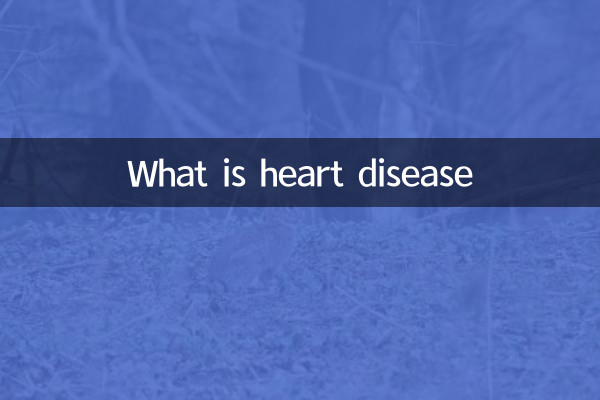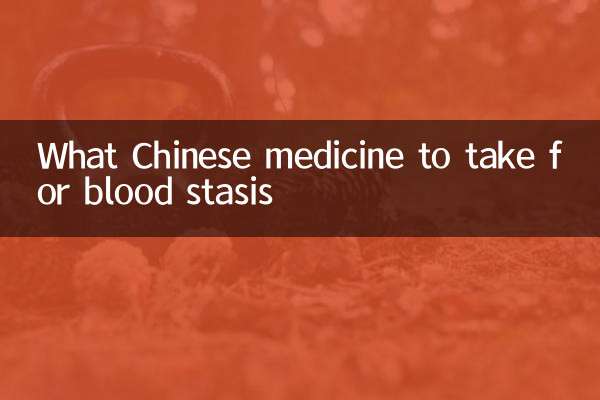What is heart disease
Recently, heart disease (COVID-19) has once again become the focus of global attention. With the spread of mutant strains and the adjustment of epidemic prevention policies in various countries, the public has shown great concern about the current situation, symptoms, preventive measures and latest data of heart disease. This article will combine popular topics and hot content on the Internet for the past 10 days to sort out the current situation of heart disease for you.
1. The latest statistics on heart and coronary disease

The following are the data on new cases and deaths of heart and coronavirus in some countries and regions around the world in the past 10 days:
| Country/Region | New cases (cases) | New deaths (cases) | The main popular poison strain |
|---|---|---|---|
| USA | 125,000 | 1,200 | JN.1 |
| China | 8,500 | 35 | BA.5.2 |
| Japan | 45,000 | 150 | JN.1 |
| India | 12,000 | 80 | XBB.1.16 |
| U.K. | 30,000 | 200 | JN.1 |
2. Analysis of the current epidemic strains of heart coronary disease
According to the latest report from the World Health Organization (WHO), the main prevalent heart coronavirus strains in the world are the JN.1 and XBB series variants. JN.1 is a subvariant of Omickron BA.2.86, which has stronger immune escape ability, but there is no evidence that its pathogenicity is significantly enhanced. The XBB series variants are mainly spread in Asia.
3. Typical symptoms of heart disease
Symptoms of heart disease vary by individual differences and strains, but the following are common symptoms reported by recent patients:
| Symptom Types | Frequency of occurrence | Duration (days) |
|---|---|---|
| fever | 85% | 3-5 |
| cough | 78% | 5-7 |
| Failure | 65% | 7-10 |
| Sore throat | 60% | 3-4 |
| Headache | 55% | 2-3 |
4. Preventive measures for heart disease
As the heart disease continues to spread, health departments in various countries have updated their prevention recommendations. Here are the main precautions currently recommended:
1.Vaccination: Timely vaccination for enhanced injections, especially vaccines against the Omickron variant.
2.Wearing a mask: In places with dense crowds or poor ventilation, it is recommended to wear medical masks or N95 masks.
3.Maintain social distancing: Avoid close contact with people with respiratory symptoms.
4.Wash hands frequently: Clean your hands with soap or alcohol-containing hand sanitizer.
5.Strengthen ventilation: Maintain indoor air circulation and reduce the risk of virus transmission.
5. Latest progress in the treatment of heart and coronary disease
Recently, many antiviral drugs have shown good efficacy in clinical trials. The following are some research progresses:
| Drug name | R&D stage | Efficient | Applicable groups |
|---|---|---|---|
| Paxlovid | Already on the market | 89% | High-risk adults |
| Molnupiravir | Already on the market | 30% | Mild to moderate patients |
| VV116 | Phase III clinical | 92% | Adult patients |
| Ensitrelvir | Phase III clinical | 85% | Adult patients |
6. Hot issues of public concern
1.Will heart disease last for a long time?Experts generally believe that heart disease may become a seasonal epidemic, similar to influenza.
2.Will there be sequelae after infection?Some patients may experience symptoms of "long heart crown" such as fatigue and difficulty breathing, but most will recover within a few months.
3.Do I need to get vaccinated every year?Depending on the virus mutation, regular vaccinations may be required.
Conclusion
Heart and COVID-19 remains a major challenge in global public health. Although the virus continues to mutate, we can respond effectively through scientific preventive measures, timely treatment and continuous monitoring. The public should remain vigilant, pay attention to the latest information released by authoritative institutions, and take personal protection.

check the details

check the details